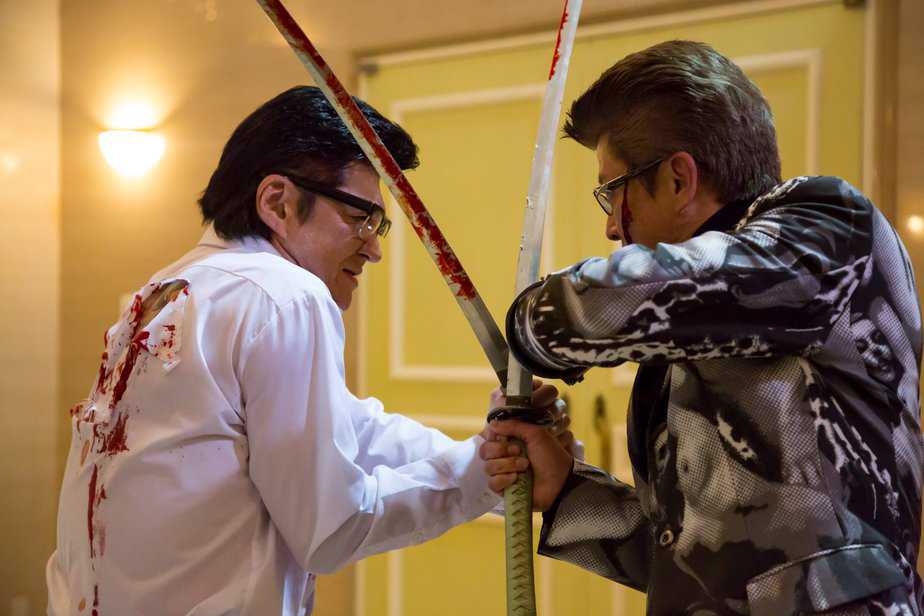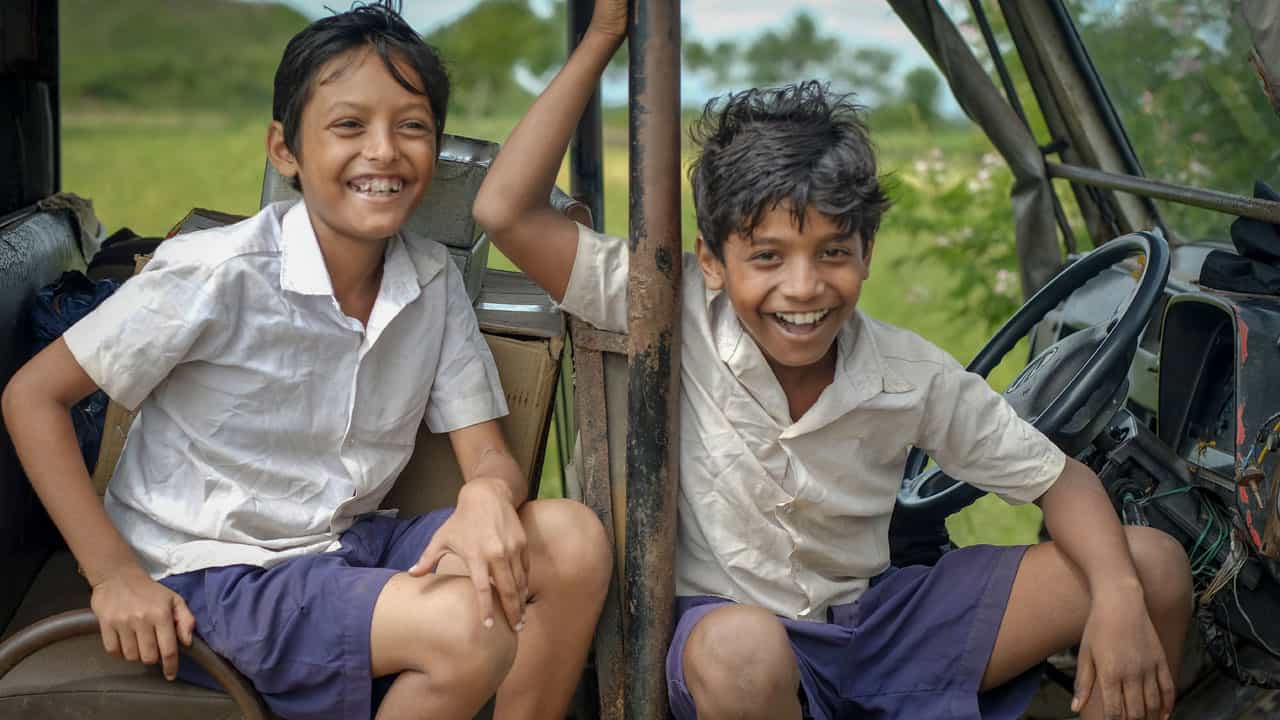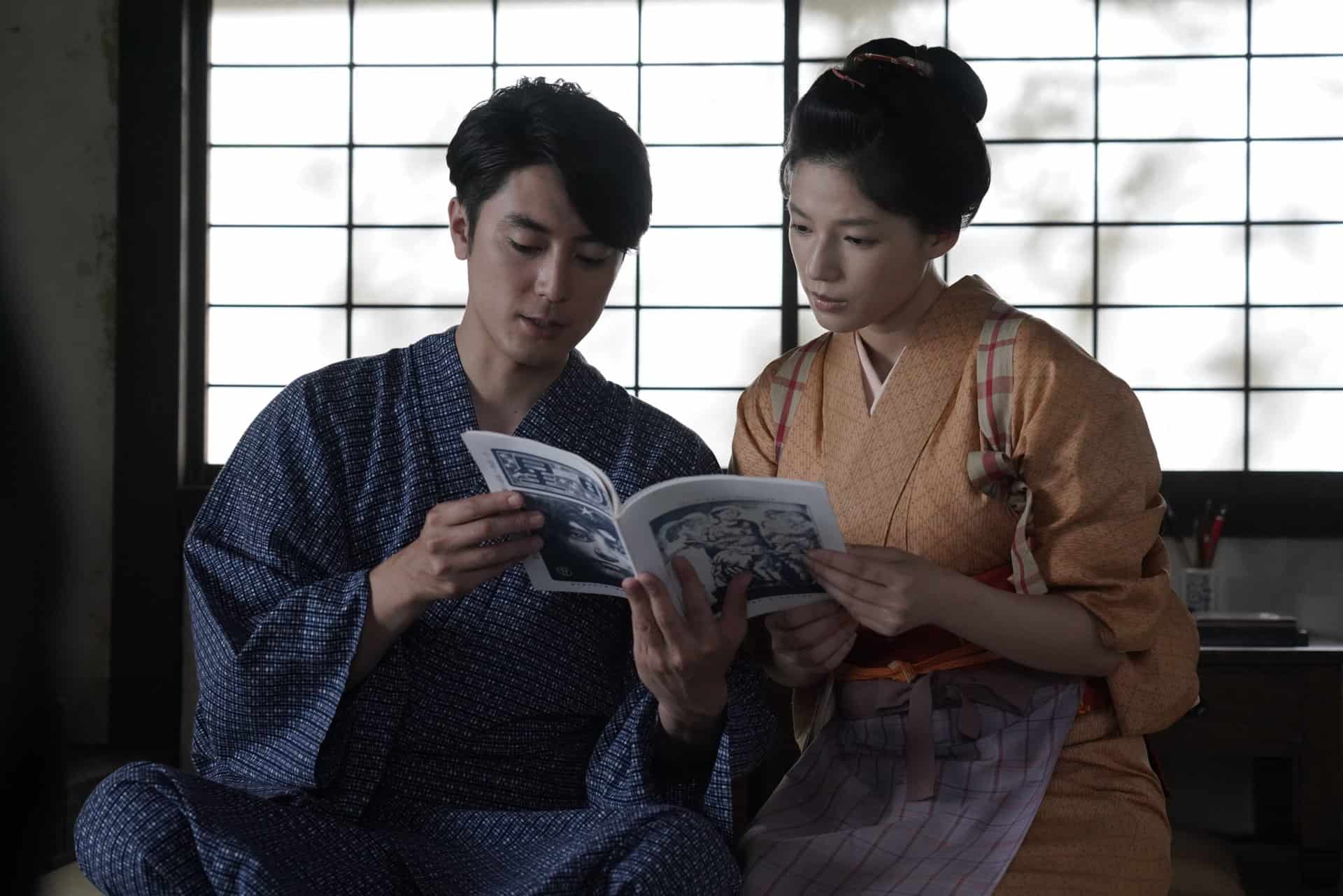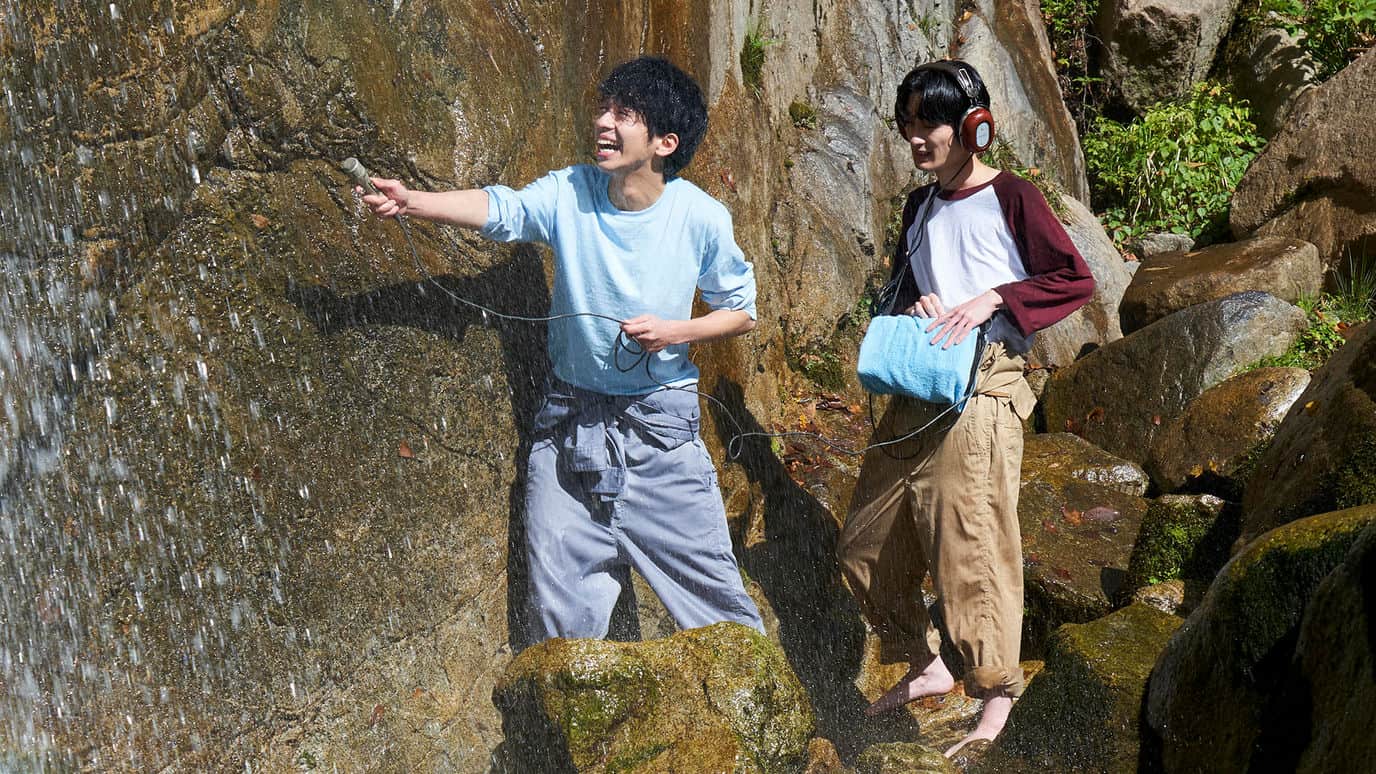At the moment, the Yakuza film does not hold the place it used to in the Japanese cinema industry. However, occasionally some films in the genre do appear, with Kitano's “Outrage” trilogy and Shiraishi's “Blood of Wolves” being the most renowned of the latest years. It was a surprise to me though, to discover that an almost unknown 2016 film by Kenichi Fujiwara, was the best Yakuza film I have seen in years, to the point that I got really frustrated I had not heard anything about it before. It is also worth mentioning that the 163-minute film was produced to celebrate the 20th anniversary of the direct-to-video production company All In Entertainment.
Conflict is screening at Japan Film Fest Hamburg

Due to the anti-Yakuza Laws, the traditional organized crime is experiencing bad times, and the Tendo clan seems to be in a lot of trouble. One of the central members, Tetsu, wants to resign because his wife is pregnant, but the rules dictate that he has to cut his pinkie finger in order to do so. Okita, one of his closest friends, struggles with forcing him to do so but rules are rules. Tetsu finds himself unable to work in manual labor due to his cut finger, and soon joins the Daitoa gang, who have similar practices with the Yakuza but have managed to escape the hand of the law by being less organized, traditional and ceremonial. Washio, the soon to be boss of the Tendo clan has a lot on his plate, with inner power struggles, a commissioned kidnap going horribly wrong, and Myojin, a former comrade who was kicked out, acting as advisor for the Daitoa. The clash between the two gangs seems inevitable, but the higher ups in the police seem to have their own agenda, while politicians, moguls, and a woman play key roles as the new casino bills can change the future of everyone involved. .
Kenichi Fujiwara directs a genuine Yakuza film, through an approach quite close to the one Kinji Fukasaku implemented in the “Yakuza Papers”, although in contemporary terms, both stylistically and in context. The main similarity is the presence of a number of characters (who are introduced with on-screen-text), and the realistic portrayal of the organization as a whole and the individuals that comprise it. The main focus, however, is not on the battles of similarly operating syndicates, but on the clash between the traditional, as mirrored in the Tendo Clan, and the new, as mirrored in the Daitoa group. The fact that the anti-Yakuza laws have weakened the traditional groups is a key element, but Fujiwara makes a point of showing that even in their sociopathic nature, the older groups were bound by some rules and their own sense of honor, which do not seem to apply to the new ones at all, who are not reluctant to attack even women and children.

The connection between the “capital”, the police”, politicians and the Yakuza is also eloquently presented, with Fujiwara making a point of showing that the first three are the ones that pull the strings, and Yakuza is just a tool to be used.
Furthermore, Fujiwara includes a number of social comments regarding the life in organized crime, highlighting how difficult it is to get out, along with the reasons that force someone to enter The Life, which, in Okita's case, provides a rather dramatic element in the film. The drama also derives from Tetsu, who highlights the difficulties ex-Yakuza have to face when they try to become “normal” citizens.
The rich context of the film, however, does not mean that “Conflict” is not focused on action. On the contrary, the battle scenes are many and quite well-shot, while a number of exploitation elements are also in abundance. As the film progresses, and katanas take the place of guns, the battles are induced with anime-like aesthetics as the gore element becomes more intense. This aspect, however, works quite well in the narrative, making the film more entertaining and inducing it with a cult flavor that finds its apogee upon the appearance of Sho Aikawa as Myuji, with the final fight sequence looking like something Miike would have directed, although with a bit more restraint. These sequences highlight the work done in the SFX department and Rui Ishikawa's editing, which gives a rather fast pace to these scenes, and a slower one to the non-action, although the overall pace is generally fast. Tetsuro Imai's cinematography also follows this dual pattern, focusing on realism on the non-action and on impression on the action ones. The only fault I found in the production values is that the music seems somewhat misplaced at times.

The acting is also on a high level. Hitoshi Ozawa as Washio plays the cool, calm and always planning man with a distinct nuance, at least until he erupts. Yasukaze Motomiya as Okita highlights his inner struggle quite convincingly and along with Yoshiyuki Yamaguchi as Tetsu, provides the most dramatic aspect of the film.
Combining Miike's style on the action scenes and Fukasaku's approach on the characters and story was a great choice, which eventually resulted in a truly impressive Yakuza film, despite the fact that Fujiwara seems to somewhat glorify the traditional Yakuza ways.















